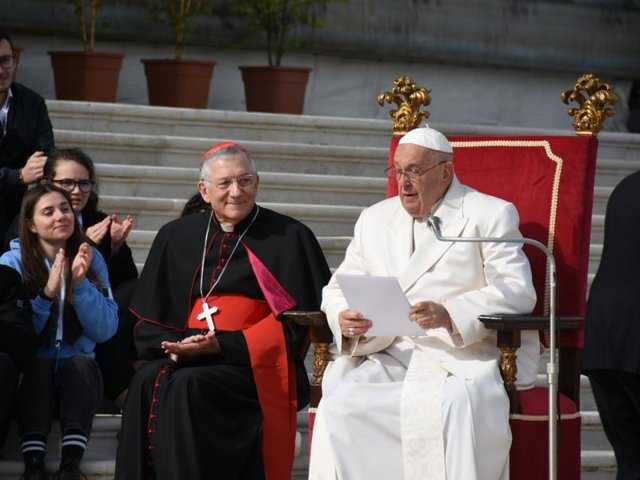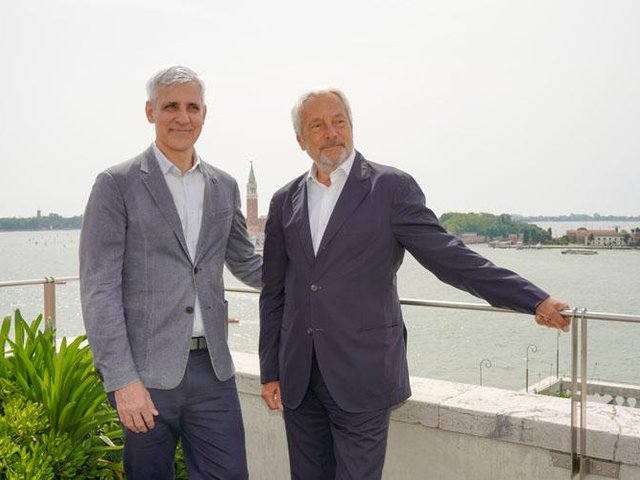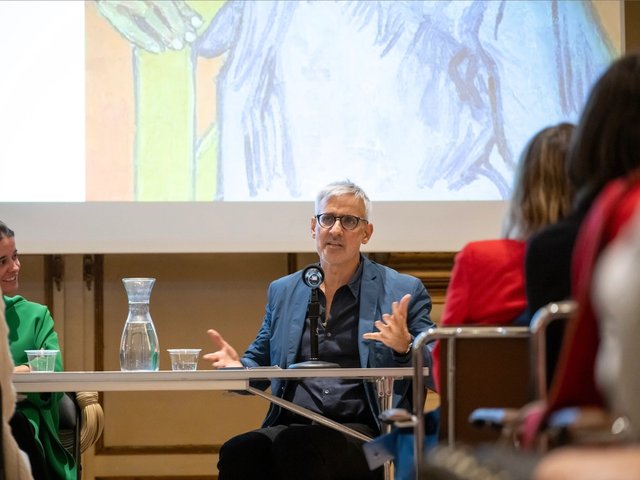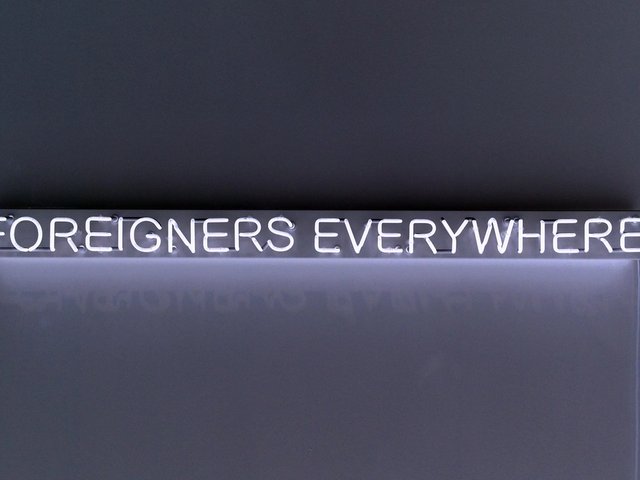The UK artist Anish Kapoor has criticised the title and theme of the 60th Venice Biennale, saying that the show, titled Foreigners Everywhere (20 April-24 November), overseen by the Brazilian curator Adriano Pedrosa, plays into the hands of Italy’s right-wing government.
“I live in Venice and see signs all over the city saying Foreigners Everywhere. Despite the, no doubt, good intentions of Adriano Pedrosa to subvert the language of racist fear and hate, these words in fact echo the language of nationalist neo-fascism,” Kapoor tells The Art Newspaper.
Earlier this year Italy’s culture ministry, under prime minister Giorgia Meloni, appointed ten new leaders of major museums around the country in a shake-up that overwhelmingly favoured home-grown applicants over foreigners. "In the context of the right-wing government in Italy taking over museums and all cultural institutions and the new president of the Biennale [Pietrangelo Buttafuoco] a self-declared right-winger, this dangerous slogan suits his and his government’s anti-migrant and anti-foreigner stance. Right-wing nastiness is spreading across the world from the Middle East to Russia, in India and the US,” Kapoor adds.
“The re-appropriation of fascist sloganism as the title and theme of the Biennale demonstrates an utter naivety of the real effects these words still bear on people’s lives. The choice to use it comes from the perspective of a naively privileged white male curator. He should withdraw this offensive title and see it in the context of world events. I ask my artist colleagues in this show to carefully consider their position.”
At the time of writing, the Venice Biennale press office had not responded to a request for comment.
In an interview with The Art Newspaper, Pedrosa explained his reasoning behind his Biennale exhibition, saying: “One could say that wherever you are, wherever you go, there are always foreigners around you, but also on the other hand that wherever you go, you are always, deep down, a foreigner yourself in a more subjective manner—in a psychological, psychoanalytic way of thinking of ‘the foreign’. It also evokes Freud’s Unheimlich (1919), the famous text that he wrote on the uncanny, where what is strange is also quite familiar.
He continued: “It also has a site-specific meaning in Venice because Venice is a city of foreigners, a city with about 50,000 inhabitants, and that population more than triples during peak days because of the tourists that come into the city. So foreigners are indeed everywhere in Venice. And the Biennale itself has always been a celebration of foreign artists since 1895—of course, Italian artists as well, but also many foreigners. It’s an international exhibition and it has always been like that.”
A large number of artists in Pedrosa's exhibition, which opens to the public on 20 April, will come from the Global South. At a press conference earlier this year Pedrosa said that his own experiences are reflected in the theme. "I have lived abroad and been fortunate to travel extensively,” he said, stressing that he has often been treated as a “third-world foreigner” even though he holds “one of the highest-ranking passports of the Global South”. Crucially, he said: “I also identify as queer, the first openly queer curator [of the Biennale]."






